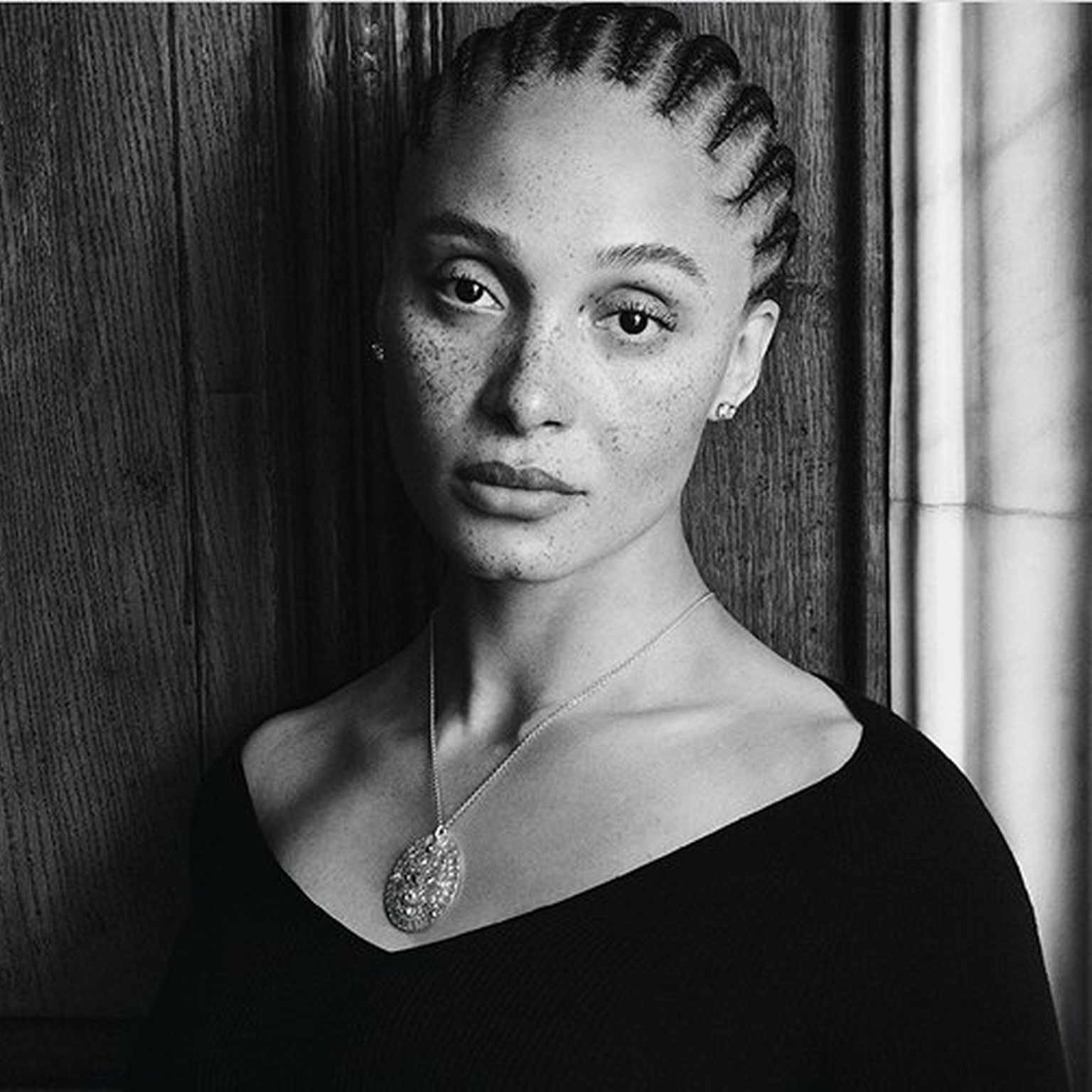Fancy Colours


It has been estimated that only one in every 10,000 natural diamonds is classed as a fancy colour diamond. Over billions of years, all natural diamonds are formed through exposure to extreme forces of pressure and heat. Sometimes, on their long journey to the earth’s surface, such forces can cause uncommon distortions in the lattice of carbon atoms. Likewise, certain natural elements, such as nitrogen or boron, can saturate the diamond and alter its microscopic structure. These changes affect the way a diamond interacts with light, giving it its exceptional colour.
Depending on hue, tone and saturation, they are awarded various grades, including fancy light and fancy through to fancy intense and fancy vivid. When a diamond has two or three visible colours in equal combination, you will see this reflected in its title, for example, a fancy yellow-green diamond. If it has a secondary hue, it might be characterised as a fancy brownish pink diamond or fancy intense orangey pink. Remember, however, that the last word in the laboratory’s colour description is the main colour. So pinkish brown is a brown diamond with a hint of pink, but a brownish pink diamond is a pink diamond with a hint of brown.


Yellow
When a diamond is nitrogen free it is a pure white D colour, but when it is saturated with nitrogen, a wide range of yellow shades, from pale lemon to vibrant canary are created. Although one of the more common colours, relatively speaking, the most exceptional fancy vivid yellow diamonds can be more rare and valuable than even the whitest D colour diamond. Yellow diamonds are thought to evoke a sense of cheerfulness and optimism.
Brown
What makes a diamond brown, pink, or red is the distortion of the diamond's atomic lattice by high pressure and temperature up to 300 miles beneath the surface of the earth. From rich cognac to chocolate shades, brown diamonds were some of the most ancient to be used in jewellery and are often linked to stability and reassurance.
Pink & Red
Pink diamonds are some of the world’s most difficult to discover but red diamonds are the rarest of all. They are both formed when intense heat and pressure distorts their microscopic atomic lattice. They have long been associated with love, romance and femininity.




All natural fancy colour diamonds are rare, but some colours and depths of shade are rarer than others.
Blue
The presence of boron in the carbon lattice of a diamond creates a beautiful blue colour. The more boron is present the less grey and more intense the shade of blue. Blue diamonds are very rare and are often considered to be symbolic of peace, calm and freedom.
Grey
Most grey diamonds are created in the same way as blue diamonds, infused with boron. The effects of hydrogen on the blue colour are still not proven. Some laboratory graded grey diamonds may even still have hints of blue within them, especially visible if the grey diamond fluoresces in ultra violet light, such as sunlight . They are said to be symbolic of wisdom and security.
Green
Highly sought after, green diamonds are created by naturally occurring radiation while they are deep in the earth. After billions of years a natural green diamond becomes inert, beautiful. Their colour represents balance, harmony and renewal.
Orange
Citrus and amber shades can be found in natural diamonds, but pure orange diamonds are among the rarest and most valuable in the world. They are nitrogen-rich but actually what make them orange remains nature’s mystery. The are valued for their vibrancy, often said to evoke courage.



